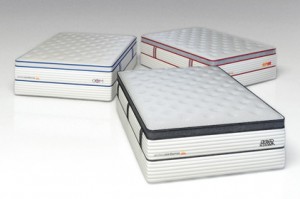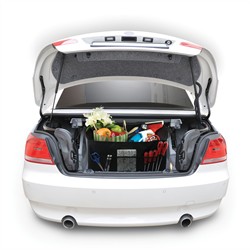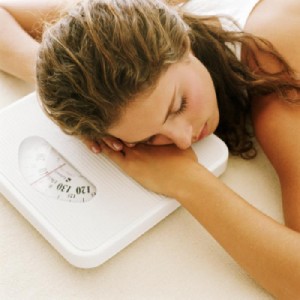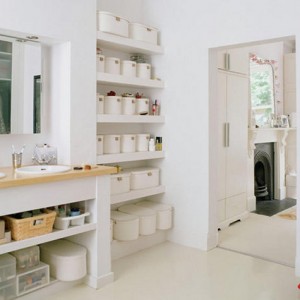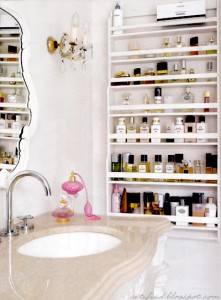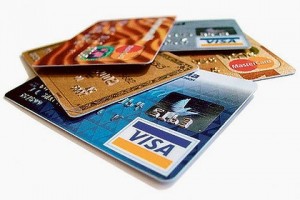
As a part of your planning your weight loss journey, it’s important that you address any outstanding or overdue paperwork. This includes recovering any rebates you may have forgotten about (which means extra cash in your pocket). And particularly in this time of financial pressure and constraint we need to conserve every cent, and be more mindful of all the rebate opportunities that are available to us. So here’s a little list I’ve put together for Australia to jog your memory.
Cash Rebates
Private Health Insurance Claims – make sure you get an itemised receipt for every medical and extras services including pharmacy scripts, pharmacy only medicines, professional services and alternative services.
Medicare Rebates Claims – generally you can only claim on Professional Services (like a doctor). Check with your provider if they have HiCAPS for instant refunds so all you pay is the out of pocket component.
Pet Insurance Claims – if you have pets that are insured then make sure you take a long a claim form each time you see your vet and get them to fill it out of the spot to save time.
Home Contents Insurance Claims – whilst insurance is usually for major things like theft and fire, minor claims like glass breakage may be claimable so check your policy. It can also be more helpful to use an insurance broker for your policy rather than going direct as they’ll to policy comparisons for and sum up all that insurance jargon.
Personal Insurance Claims – if you’re covered for trauma, sickness, disability or income protection then know the terms under which you can claim on your policy, or have a good adviser who does.
15 Common Reasons Claims are Denied:
- Incorrect account or patient identifiers – make sure all of the details are correct on your claim form
- Insufficient Information – When making a claim make sure you provide all of the necessary information
- Excess is more than the claim – For small claims the excess may be more than the actual cost. Check this prior to making a claim.
- The Service was Already Rendered – check if you’ve claimed twice.
- There is an Unmet Deductible – you haven’t paid the out of pocket portion of your bill
- Conflicting Information – in the case of insurance claims make sure the information tallies up and makes sense prior to lodging
- You Waited too Long to File the Claim – file all claims as soon a possible but well within 90 days
- The Insurance Company Lost the Claim, and then the Claim Expired – lodge a complaint with the industry Ombudsman
- You Lacked Pre Authorisation / Authorisation – some claims need pre authorisation. Make sure you understand the terms and conditions of your policies.
- No Physician Referral – Check if your policy requires your GP’s referral.
- You Provided Two Services in One Day – some policies have a ‘one service per day’ clause so you’ll only get the first claim
- You Ran Out of Authorised Sessions – once you’ve hit your cap for that service no further benefits will be paid until the following annual year.
- The Patient Changed His or Her Insurance Plan – make sure you know who your current provider is and only claim through them for the period you were with them
- Patient Cover Expired – Make sure you keep your premiums up to date or your cover will expire
- The Provider isn’t Paneled with the Insurance Company – Make sure that the services or provider you are using are approved by your insurer
Taxation Rebates:
Courtesy http://www.moneybuddy.com.au/tax-and-accounting/resources-to-help-you-maximise-your-tax-rebate
Dependent spouse tax offset:
If you had a spouse during the previous year and were responsible for maintaining them, and if they were a resident, and you were also a resident at any time during this year, and if neither your spouse nor you were entitled to Family Tax Benefit (FTB) or were only entitled at the shared-care rate, you may be eligible to claim.
Private health insurance rebate:
This is a percentage of the premium paid to a registered health fund for appropriate private health insurance cover. The rebate you will receive is determined by the age of the oldest person covered by the policy. Rebate should not be affected by your level of income however.
Baby bonus rebate:
Mothers can claim a baby bonus each year until their child turns five. It can be claimed even if you don’t pay tax, and it is paid whether or not you receive any other family benefits. The ATO offer a baby bonus calculator here.
Beneficiary tax offset:
You may be eligible for beneficiary tax offset if you received one or more grants on a set list of allowances, including parenting payment (partnered), newstart allowance, youth allowance, mature age allowance, partner allowance, sickness allowance, special benefit, widow allowance, austudy payment, exceptional circumstances relief payment or farm help income support, interim income support payment, education payment if you were aged 16 years or older (ABSTUDY living allowance, payment under the Veterans’ Children Education Scheme or payment under the Military Rehabilitation and Compensation Act Education and Training Scheme 2004),training for Employment Program allowance; New Enterprise Incentive Scheme allowance; textile, clothing and footwear special allowance; Green Corps training allowance; or other taxable Commonwealth education or training payments, and income support component from a Community Development Employment Project (CDEP). The ATO works out your tax offset from the income you show on your tax return, however you can use this calculator on the ATO website.
Senior Australians tax offset:
This applies if you are a male aged 65 years or more or a female aged 62.5 years or more, or you are a male veteran or a war widower aged 60 years or more or a female veteran or war widow aged 57.5 years or more, and you are eligible for Commonwealth age pension and similar payments, and you satisfy the necessary taxable income threshold (single with less than $38,340, separated with less than $71,406, married with less than $59,244, etc), and you are not in prison. The ATO website has a factsheet here.
Zone tax offset:
This applies if you lived or worked in a remote or isolated area of Australia, not including an offshore oil or gas rig, or you served overseas as a member of the Australian Defence Force or a United Nations armed force.
Salary sacrifice arrangement:
Also sometimes referred to as salary packaging or total remuneration packaging, this is an arrangement between your employer and yourself whereby you agree to forego part of your salary for other benefits of a similar cost (provided by your employer).
Net medical expenses tax offset:
These are medical expenses you have paid (less any refunds from Medicare or a private health fund). You are able to claim a tax offset of 20% of your net medical expenses over $1,500 and there is no upper limit.
Government Pensions and Rebates
Courtesy http://www.dva.gov.au/eligibilityandclaims/makeaclaim/Pages/claim%20types.aspx
Disability pension:
This is a tax-free benefit paid to Australian veterans who have had an illness or injury accepted by DVA as being caused by their service before 1 July 2004. The rate of disability pension payable depends on how severe the illness or injury is.
War widow’s pension:
War widow’s pension is paid to the partner of a deceased veteran who was a former prisoner-of-war, who was in receipt of the Special Rate (TPI pension), the Extreme Disablement Adjustment, disability pension at the Intermediate Rate, disability pension at the Temporary Special Rate, or disability pension at an increased rate due to being a double amputee or blinded, or whose death has been accepted as service-related. A pension can also be paid to the dependent children of a deceased veteran.
Permanent impairment payment:
This is a compensation payment for permanent impairment suffered as a result of service with the ADF. It is provided under the Military Rehabilitation and Compensation Act 2004 (MRCA) for service on or after 1 July 2004, and under the Safety, Rehabilitation and Compensation Act 1986 (SRCA) for service prior to 1 July 2004. To claim for a permanent impairment payment you first must have had a claim for liability accepted under the SRCA or MRCA. See Lodging my claim for more information on how to submit a claim for liability under the SRCA and MRCA.
Incapacity Payments:
Incapacity payments are compensation for economic loss due to inability to work because of injury or disease which has been accepted as service-related. It is provided under the MRCA for service on or after 1 July 2004, and under the SRCA for service prior to 1 July 2004. To claim for incapacity payments you first must have had a claim for liability accepted under the SRCA or MRCA. See Lodging my claim for more information on how to submit a claim for liability under the SRCA and MRCA.
Service Pension:
Service pension is an income support payment that provides a regular income for people with limited means. A service pension can be paid to veterans with qualifying service on the grounds of age or invalidity and also to eligible partners, widows and widowers. It is subject to the income and assets tests.
Income Support Supplement:
The Income Support Supplement (ISS) is paid to war widows/widowers and wholly dependent partners under the MRCA who have limited means. It is subject to the income and assets tests. It enables war widows/widowers to receive all of their payments through DVA.
Age Pension:
An age pension may be paid to a person with limited means who has reached pension age. It is subject to the income and assets test. The majority of age pensioners are paid by Centrelink. However, eligible veterans, who have an accepted disability or receive a disability pension from DVA but do not have qualifying service, may be paid their age pension by DVA. Their partner may also receive their age or wife pension from DVA, if eligible.
Defence Force Income Support Allowance (DFISA) is an income support payment paid by DVA to those whose social security income support payment has been reduced or is not payable due to a DVA disability pension. There is no need to claim DFISA, it will be automatically assessed and paid. If Centrelink pays your income support payment, Centrelink calculates the amount of DFISA payable. If DVA pays your age pension or wife pension, DVA calculates the amount of DFISA payable.
Quick Extra Cash Ideas
- Sell your unwanted goods on ebay or Gumtree
- Make stuff and sell it on etsy or MadeIt
- Join MyOpinions and answer surveys for cash
- Offer child minding or pet minding or walking services to freinds, family and neighbours in need
